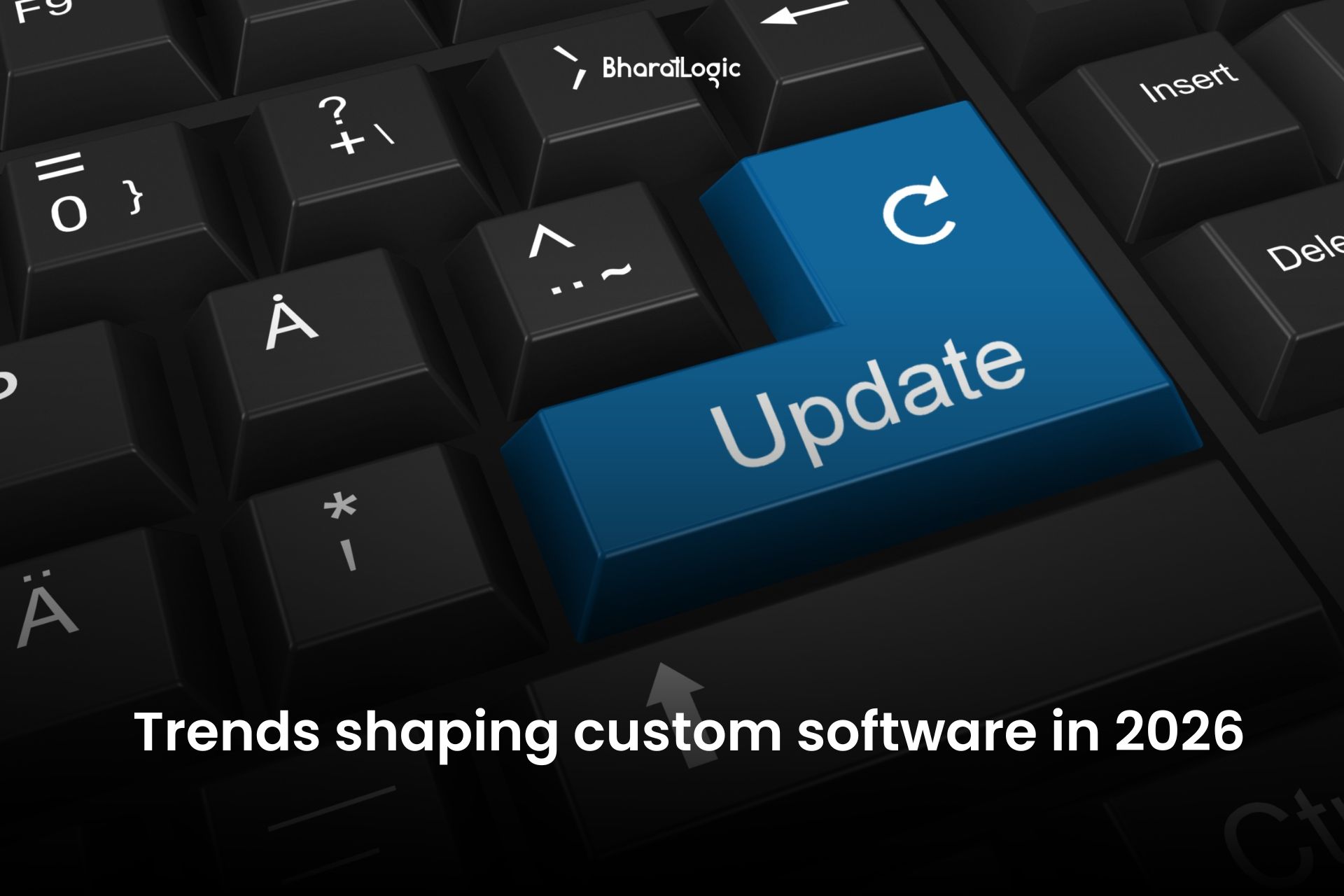Top 7 tech trends shaping custom software in 2026
Technology is evolving at an unprecedented pace, and businesses that aim to stay competitive cannot afford to simply react they need to anticipate and adapt. Custom software has transformed far beyond being just a functional tool; it has become a strategic driver of business growth. Today, it not only streamlines operations and boosts efficiency but also enhances customer experiences and fosters innovation across industries.
As we look ahead to 2026, the landscape of custom software development is set to be shaped by seven emerging trends that will redefine how businesses operate and engage with their customers. These trends include advancements in artificial intelligence, automation, cloud-native technologies, and more, all designed to optimize performance and unlock new opportunities. Companies that embrace these trends early will be better positioned to innovate faster, respond to market demands, and maintain a competitive edge.
Understanding and leveraging these trends is no longer optional; it is essential for businesses that want to thrive in the future. By aligning software development strategies with these innovations, organizations can ensure they remain agile, efficient, and customer-focused in an increasingly dynamic digital world.
1. AI-Powered Automation
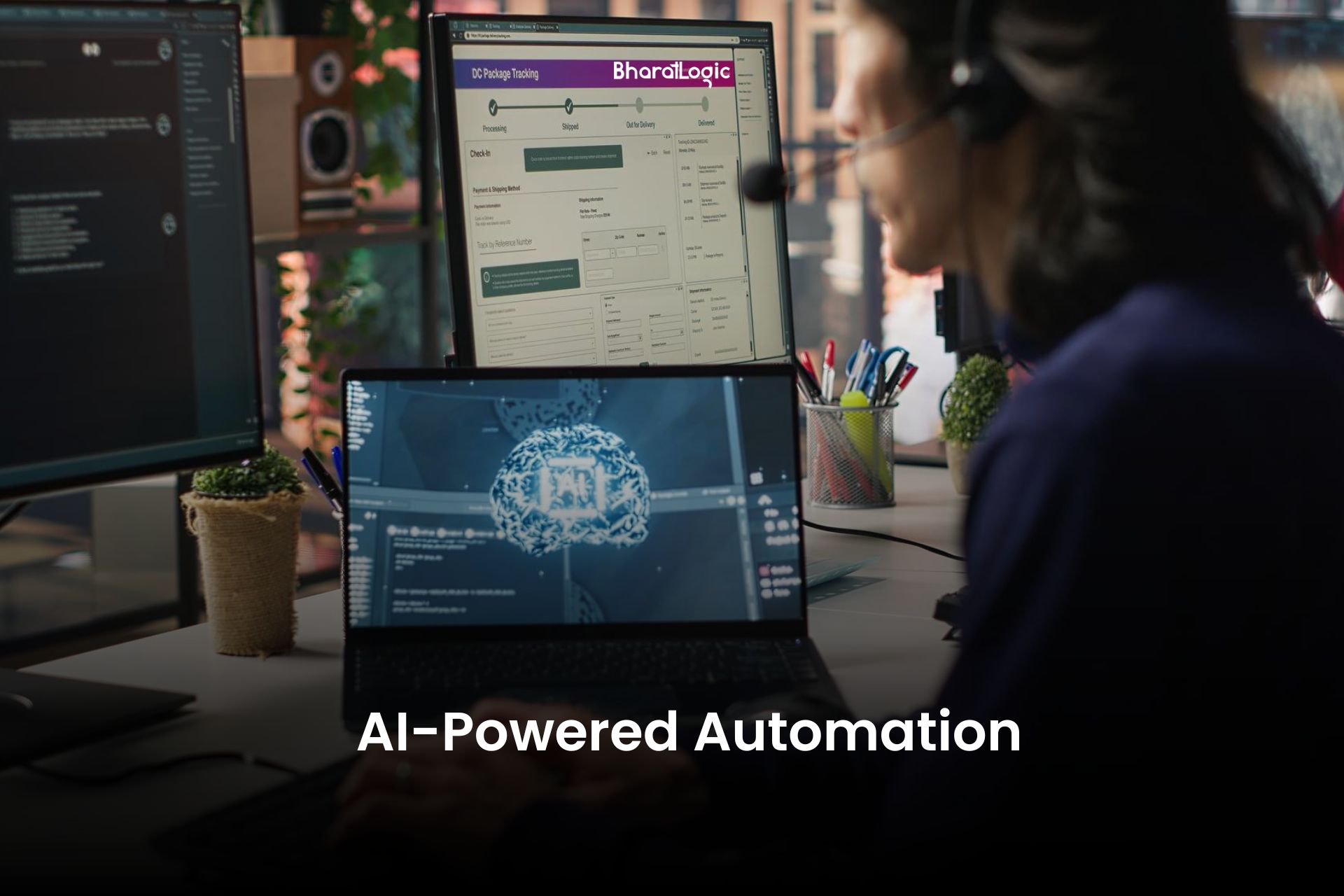
Automation is rapidly evolving thanks to advancements in artificial intelligence (AI). Today, AI can handle repetitive and time-consuming tasks, allowing employees to focus on strategic and creative work. By analyzing vast amounts of data, AI provides predictive insights that enable smarter and faster decision-making. Integrating AI into custom software is no longer just an advantage it’s a necessity for competitive businesses.
Key benefits include:
- Increased Efficiency: AI automates repetitive tasks, streamlining workflows and reducing manual effort.
- Error Reduction: Automation minimizes human errors, improving accuracy and reliability.
- Predictive Insights: AI analyzes data to forecast trends and support informed decisions.
- Enhanced Customer Experience: Personalized and faster services improve satisfaction and engagement.
- Proactive Problem Solving: AI enables businesses to anticipate challenges and seize opportunities.
- Cost Savings: Reduces operational costs while optimizing resource allocation.
- Sustainable Growth: Supports innovation and long-term strategic advantage in a fast-evolving digital landscape.
2. Low-Code and No-Code Platforms
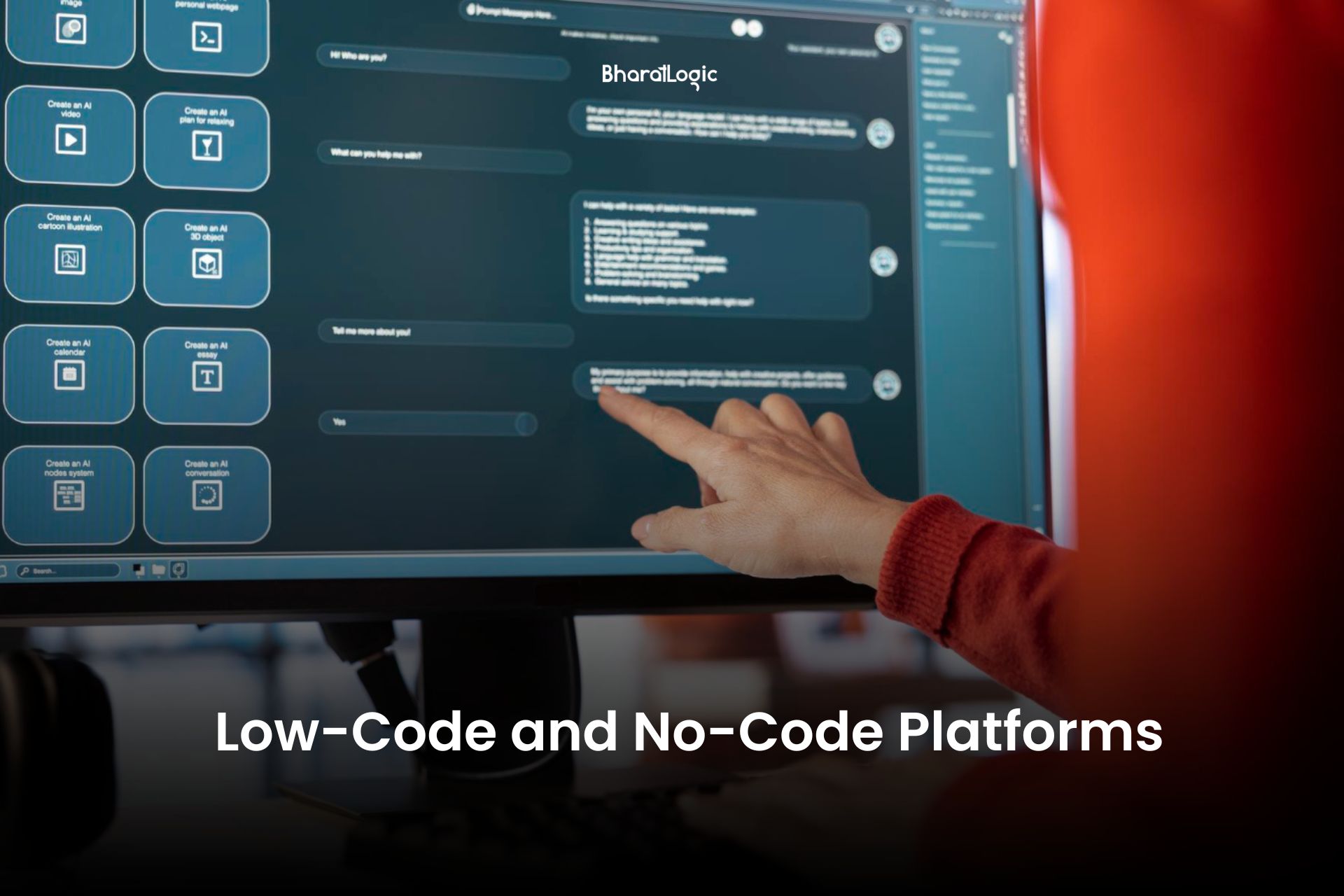
Low-code and no-code development platforms are transforming the way businesses build and deploy software. These tools allow both professional developers and non-technical business users to create applications with minimal coding, significantly accelerating the development process. By simplifying complex tasks, these platforms make it easier to test new ideas, build prototypes, and bring solutions to market faster than traditional software development methods.
One of the key advantages of low-code and no-code tools is their ability to democratize software development. More people within an organization beyond the IT department can actively participate in creating applications that address specific business challenges. This collaborative approach ensures that software solutions are better aligned with real-world business needs, reducing bottlenecks and improving responsiveness.
As companies face increasing pressure to innovate quickly, adopting low-code and no-code platforms allows them to remain agile, streamline workflows, and deliver customized solutions efficiently. These platforms are shaping the future of software development by making it faster, more accessible, and highly adaptable.
3. Edge Computing
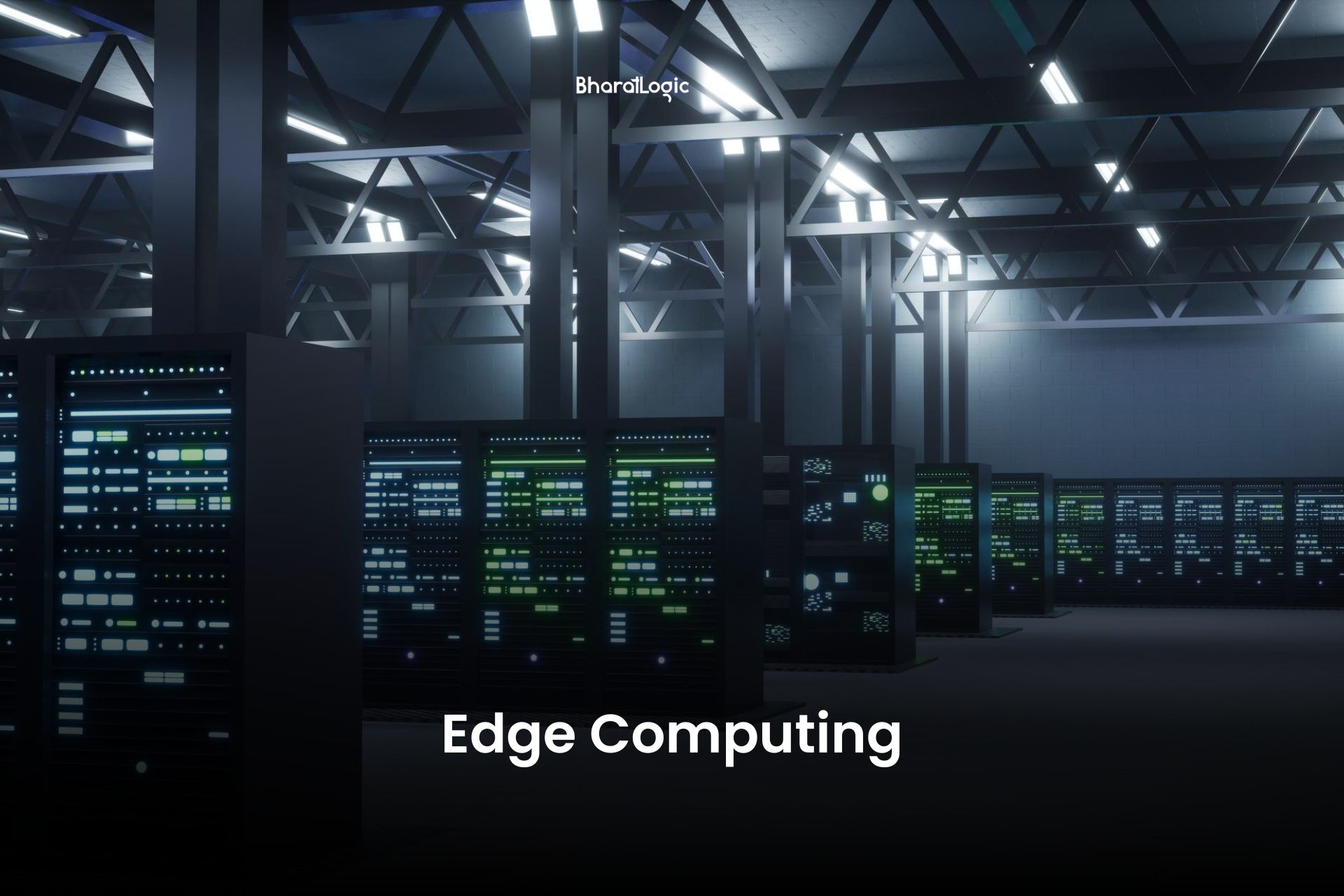
Edge computing is transforming how data is processed by bringing computation closer to the source of data generation. Instead of sending all information to centralized servers or cloud systems, edge computing processes data locally, reducing latency and significantly improving system performance. This approach enables faster responses, lower bandwidth usage, and more efficient resource management, making it ideal for applications where speed and accuracy are critical.
Key benefits of edge computing include:
- Reduced Latency: Processes data locally for faster response times.
- Improved Performance: Optimizes system efficiency and reliability.
- Lower Bandwidth Usage: Minimizes data transfer to central servers.
- Real-Time Decision Making: Supports instant analysis and action.
- Enhanced Security: Keeps sensitive data closer to its source.
Industries benefiting from edge computing include IoT, healthcare, and fintech:
- IoT devices enable smarter automation and real-time adjustments.
- Healthcare systems deliver immediate insights, improving patient care.
- Fintech firms process transactions and detect fraud instantly.
- Edge computing empowers organizations to operate efficiently, respond quickly, and leverage data strategically.
Cybersecurity Built-In

Security can no longer be an afterthought. In 2026, custom software will be built with security at its core, ensuring that protection is integrated from the earliest stages of development. This proactive approach helps safeguard sensitive data, maintain compliance with evolving regulations, and strengthen customer trust. Security-first design also reduces vulnerabilities and minimizes long-term risks.
Key benefits include:
- Stronger Data Protection: Prevents breaches and unauthorized access.
- Regulatory Compliance: Meets industry and government security standards.
- Reduced Vulnerabilities: Identifies and fixes risks early in development.
- Greater Customer Trust: Demonstrates commitment to privacy and security.
5. Cloud-Native and Microservices Architectures

Monolithic systems are steadily being replaced by cloud-native, modular solutions as businesses seek greater flexibility and scalability. One of the most significant shifts driving this transformation is the adoption of microservices architecture. Unlike monolithic applications, where all components are tightly connected, microservices break software into smaller, independent modules. Each module can be developed, deployed, and scaled on its own, allowing businesses to enhance specific features without disrupting the entire system.
This modular approach offers several advantages. Companies can scale high-demand services independently, reducing costs and improving performance. Development teams can also update or deploy new features faster, accelerating time-to-market and enabling continuous improvement. Microservices improve system reliability, since issues in one module do not necessarily impact others.
Cloud-native platforms provide automated scaling( e.g. cloud-based HMS on Patient Care) , better resource management, and seamless integration with modern DevOps practices. As markets evolve rapidly, microservices empower businesses to adapt quickly, innovate efficiently, and maintain a competitive edge in the digital landscape.
6. Human-Centered User Experience
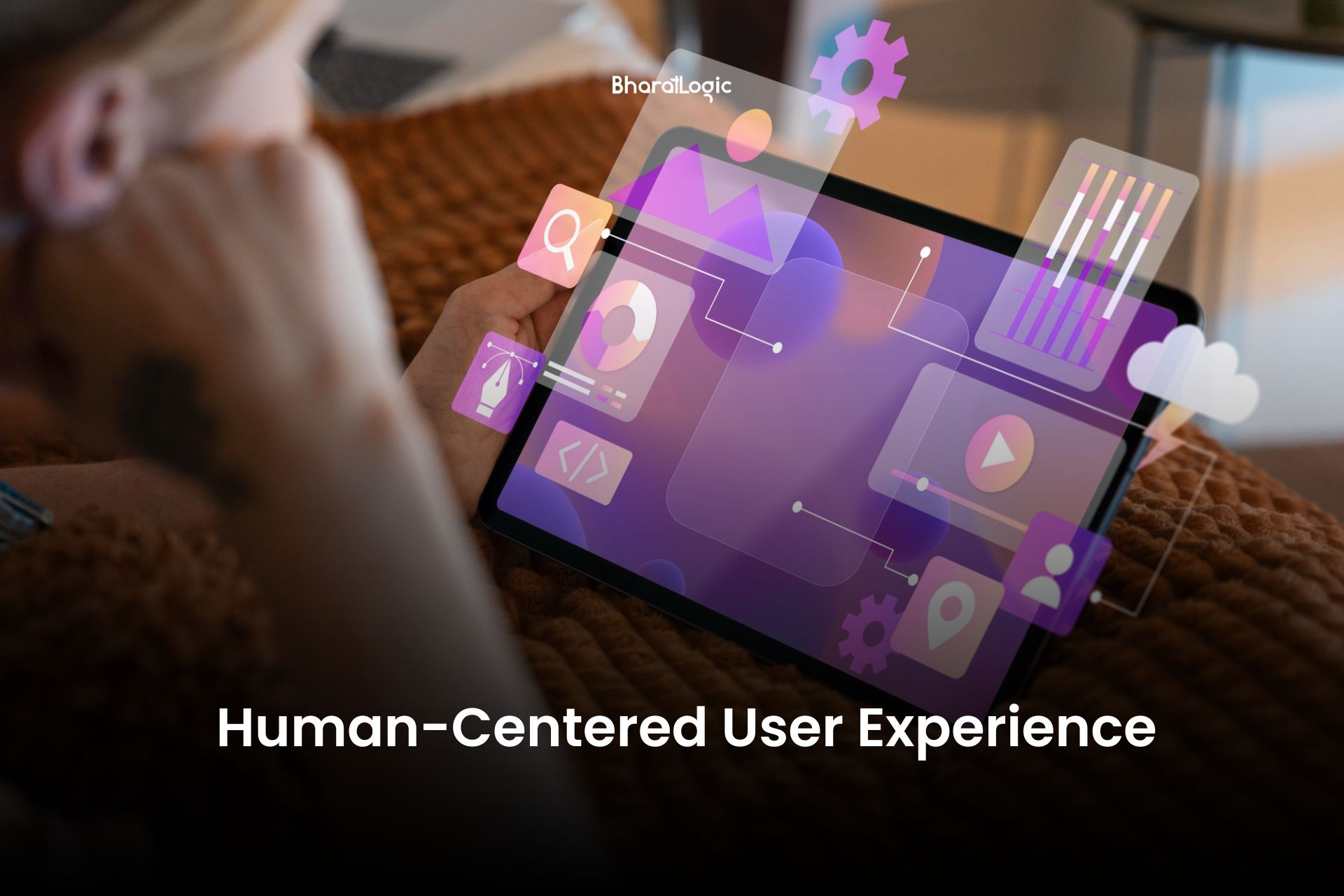
Software is only valuable when people can use it easily and confidently. This is why human-centered design has become essential in modern software development. Instead of focusing solely on functionality, this approach prioritizes the needs, behaviors, and experiences of real users. By emphasizing simplicity and usability, human-centered design helps people complete tasks efficiently while improving their overall satisfaction and engagement with the product.
A user-first approach ensures that software is intuitive, accessible, and aligned with how people naturally think and interact. It reduces frustration, shortens learning curves, and increases adoption rates across all types of users.
Key principles of human-centered design include:
- Usability: Ensuring tools are easy to navigate and understand.
- Accessibility: Making software inclusive for users of all abilities.
- Simplicity: Removing unnecessary complexity to enhance clarity.
- Feedback Loops: Incorporating user input to improve features.
- Task Efficiency: Helping users complete actions quickly and accurately.
Human-centered design ultimately leads to better products and better user experiences.
7. AI-Driven Personalization

Customers today expect software to understand their needs and deliver experiences that feel personalized, intuitive, and relevant. Artificial intelligence is making this possible by analyzing user behavior, preferences, and real-time interactions to create tailored digital experiences. Through intelligent algorithms, AI can recommend products, content, or solutions that match individual interests, making users feel understood and valued.
Beyond recommendations, AI provides predictive insights that anticipate what users may want or need next. This allows businesses to deliver proactive support, guide decision-making, and enhance overall engagement. Automated actions such as smart notifications, personalized workflows, or adaptive interfaces further simplify the user’s experience and make every interaction feel seamless.
Personalization powered by AI not only improves satisfaction but also strengthens customer loyalty. When users feel that software adapts to them, rather than the other way around, they are more likely to stay engaged and trust the platform. As expectations continue to rise, AI-driven personalization will become essential for delivering meaningful, user-centric digital experiences.
Looking Ahead
The landscape of custom software is evolving faster than ever, driven by new technologies, user expectations, and increasing pressure for digital transformation. Companies that recognize and embrace these emerging trends will gain a significant competitive advantage. By adopting innovative tools, modern development approaches, and intelligent automation, businesses can streamline operations, enhance customer experiences, and respond more quickly to market changes.
More importantly, leveraging these trends allows organizations to transform technology into a powerful growth engine rather than just a support function. Those who adapt early will be better positioned to innovate, scale efficiently, and lead in an increasingly dynamic digital environment.
At BharatLogic, we help businesses build secure, scalable, and future-ready software solutions at affordable rates. As a trusted AI development company, we specialize in creating intelligent systems that enhance efficiency, automate processes, and deliver personalized user experiences. Our team focuses on high-quality engineering, transparency, and rapid delivery, ensuring every solution aligns with your long-term business goals.
With expertise in AI, automation, cloud-native development, and human-centered design, we empower organizations to innovate faster and stay competitive in a rapidly evolving digital world. If you are ready to explore how custom software can transform your business in 2026, reach out to start a conversation.

